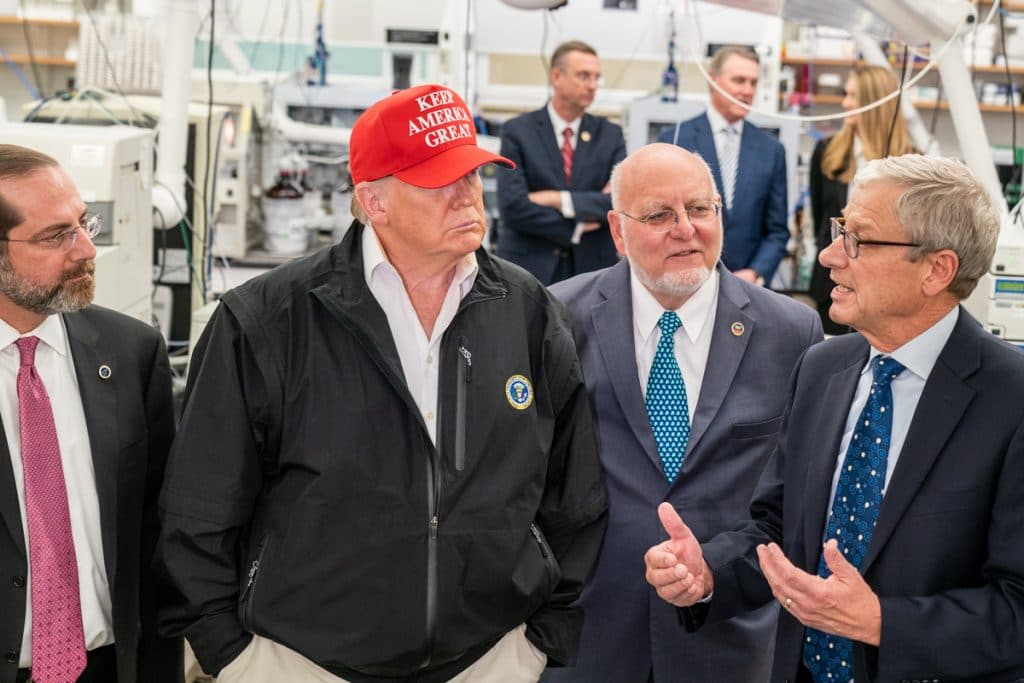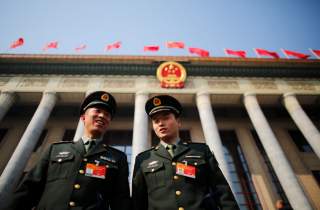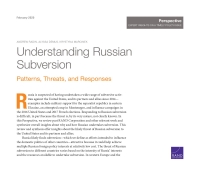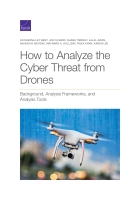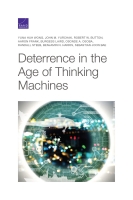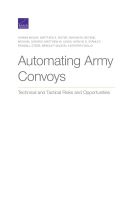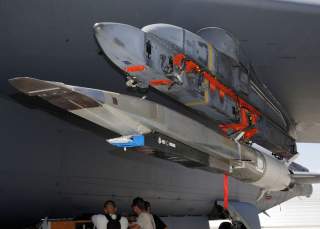BY ATMAN TRIVEDI
When it comes to pure political theater, few can match Donald Trump and Narendra Modi. But during their recent encounter in New Delhi, the U.S. president and Indian prime minister were upstaged by the avoidable tragedy unfolding across town.
In the Indian capital’s worst communal violence in decades, clashes between Hindus and Muslims left over 50 people dead and injured more than 200. At least some local police, who fall under federal jurisdiction, failed to protect residents or even incited rioters. The calamity thrust upon the U.S. president a difficult test of how to react while on the foreign soil of an important but sensitive partner—with the whole world watching.
India’s leadership has been roundly criticized for the background to the violence. After his 2019 reelection, Modi elevated the Bharatiya Janata Party’s Hindu majoritarian agenda. He revoked the constitutionally provided autonomy of Jammu and Kashmir, India’s only Muslim-majority state. His party ushered in a law expediting citizenship for religious minorities fleeing neighboring countries, but not Muslims. The measure touched off nationwide protests and set the stage for the debacle in Delhi. Journalists, civil society, and businesses are all under pressure, not to mention India’s secular constitution.



